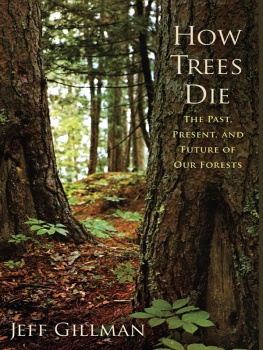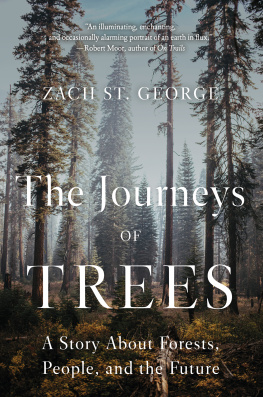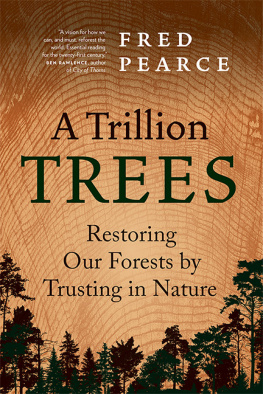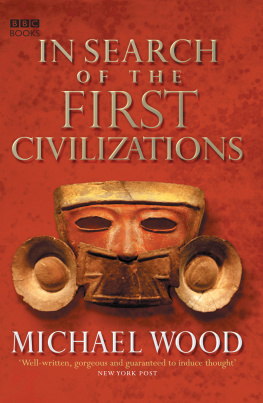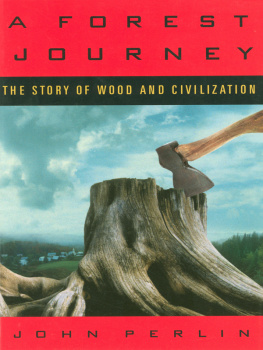

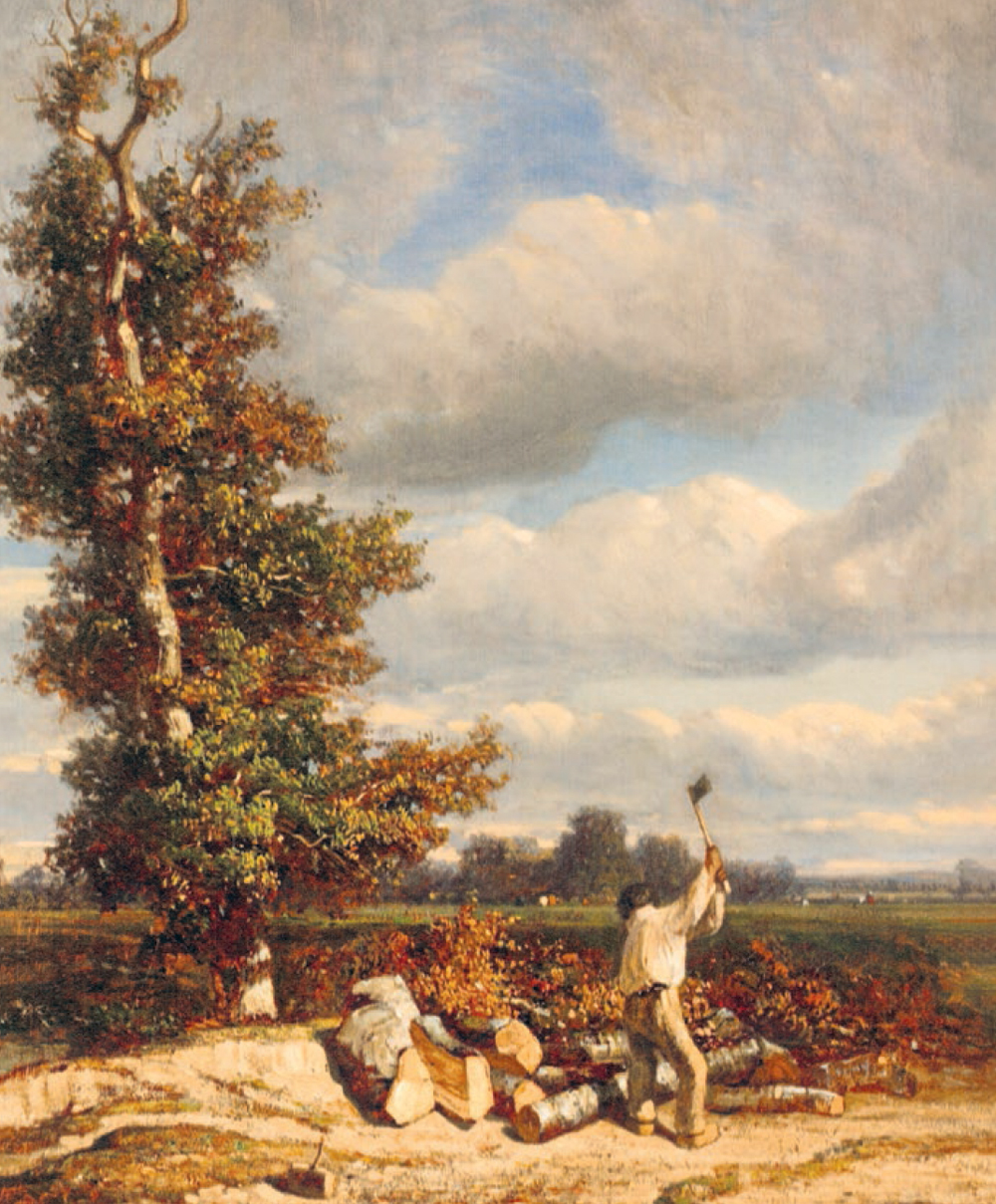
A FOREST JOURNEY
The Role of Trees in the
Fate of Civilization | John Perlin |

A FOREST JOURNEY The Role of Trees in the Fate of Civilization
Patagonia publishes a select list of titles on wilderness, wildlife, and outdoor sports that inspire and restore a connection to the natural world.
1989, 2005, 2022 John Perlin
Edition: Revised and updated, Third revised edition
Photograph/Illustrator copyrights held by the photographer/illustrator as indicated in captions.
"What Kind of Times Are These". Copyright 2002, 1995 by Adrienne Rich, from The Fact of a Doorframe: Poems 1950-2001 by Adrienne Rich. Used by permission of W. W. Norton & Company, Inc.
All rights reserved. No part of this book may be used or reproduced in any manner whatsoever without written permission from the publisher and copyright holders. Requests should be emailed to books@patagonia.com or mailed to Patagonia Books, Patagonia Inc., 259 W. Santa Clara St., Ventura, CA 93001-2717.
Hardcover Edition
Printed in Canada on 100 percent postconsumer recycled paper.
Hardcover ISBN 9781938340970
E-Book ISBN 9781938340987
Library of Congress Control Number 2022942468
Published by Patagonia Works
Editor John Dutton
Photo Editors Jane Sievert, Chris Orwig
Art Director/Designer Christina Speed
Project Manager Sonia Moore
Photo Archivist Taylor Norton
Production Rafael Dunn, Natausha Greenblott
Publisher Karla Olson
Cover photo: A western red cedar stump with lance tooth crosscut saw, Cortes Island, British Columbia, Canada. (David Ellingsen)
Front endpaper: The Tongass National Forest in Alaska is the largest of the United States remaining forests. How long will it stay that way? (Matthias Breiter / Minden Pictures)
Title page: An artists depiction of chopping up the logs after felling a tree. (Artist: Constant Troyon)
Also by John Perlin
A Golden Thread: 2,500 Years of Solar Architecture and Technology
From Space to Earth: The Story of Solar Electricity
Let It Shine: The 6,000-Year Story of Solar Energy

An eight-hundred-year-old Douglas fir. (Jeremy Koreski)
CONTENTS

A lone tree is left standing amidst a clearcut on the Oregon coast. (Ben Moon)
Authors Foreword to the 2023 Edition
In 2018, I was contacted by the book publisher at Patagonia. She told me that about twenty-five years ago Patagonias founders, Yvon and Malinda Chouinard, first read A Forest Journey. She said that its message about the majesty of the treesand the cyclic pattern by which many human civilizations destroyed themstayed with them, and they recommended the book far and wide in the years that followed. By 2017, however, the book had become difficult to find. Thats when the Chouinards asked Patagonias book team, headed by Karla Olson, to investigate whether the rights were available so that Patagonia could republish what they felt was a foundational book for understanding the environmental crisis.
Originally scheduled to publish in 2020, the book was delayed by the Covid-19 pandemic, which further underscored the urgency of protecting the worlds forests and the biodiversity and carbon sequestration they provide. Nearly five years after I was first contacted by Patagonia, the book is finally hereenlarged, updated, and beautified.
The latest edition is even more comprehensive than the original, adding examples from India and China, as well as the continents of Africa and South America. The sources include scientific studies, millennia-old literature as well as invaluable oral histories passed down from generation to generation. The inclusion of these societies disputes the commonly held belief that civilization has been solely a European enterprise.
The timelessness of A Forest Journey is that it shows that the waves of civilization, the swells of colonization by people of all colors and cultures, have crashed the planet over the millennia and in their wake have destroyed great stands of forest along with the indigenous peoples who lived there. It began with the Neanderthals when they figured out how to attach wooden handles to sharp rocks to create the devastating ax, and it continues to this day.
The book also demonstrates that Europeans and their Euro-American cousins, like everyone else in the world, have strong ancestral ties to the wilderness. It is easy to forget this, possibly because over the last several centuries they have conquered and destroyed indigenous cultures on every continent and replaced them with the international industrial order. Ironically, Western Europeans were victims of a similar conquest. Caesars legions, in a Roman version of Manifest Destiny, came marching through the wilderness we now call France, Belgium, Germany, and England. Local inhabitants relied on their forests in the fight against Roman Imperialism. When Roman troops arrived, the Western European tribesmen melted into the forest for protection. Whenever the heavily armed legionnaires broke rank and put their armor and weapons aside to rest or to build stockades, tribal warriors leaped from their sanctuary among the trees and engaged the intruders.
A Forest Journey reminds us how these exploitative behaviors have left us all with one giant mess to clean up. The brutal acts of enslavement and genocide still impact millions of people today. And the harmful worldview that the planets giftsincluding human livesare here for the taking is what continues to drive the climate crisis, as well as our leaders refusal to do anything about it. Patagonia and I hope this story will encourage readers to not only reflect on how these wondrous ecosystems support us, but also on how we must work to support them and each other. Much like the trees depend on the clouds, critters, and soil, we depend on one another. For much of human history, the constructors of civilizations forgot this simple truth.
As this book chronicles, the civilizations we know today couldnt exist without forests. Likewise, many civilizations have crumbled when the land had reached its limit. We can no longer ignore the warnings from these gentle giants. To save our home and each other, we must actively protect what is left of the Earths forests.
Authors note about John Muir
John Muir was lots of things. He seduced the wife of his host during his first trip to Yosemite. Not nice, but he was young. Instead of falling in love with the lady, he became totally smitten by Californias great redwoods, the giant sequoia and Yosemite. His greatest condemnation was focused on the invasive white people who came to destroy the nature he so dearly loved. When he was accosted by a pitiful remnant of a once great people for tobacco and drink, he did not have nice words for these First Nation people. Blame it on his strict Scottish-Presbyterian upbringing. But as he grew older and spent more time with First Nation people far from Yosemite in Alaska, his feelings rang with respect for their way of life. He also earned their love as the following incident reveals. A nursing First Nation mother died. Her surviving childs life was at stake. Muir ran to his boat and grabbed all the canisters of milk onboard. He returned to the crying child and nursed it day and night. The members of the village expressed their appreciation by naming the surviving child John Muir. No doubt John Muir was a cranky fellow. Anyone who threatened his first loveYosemitebecame a target to his ire. Thats why he advocated for the removal of all those who wanted to permanently stay in his Yosemite which included First Nation people but also the white folk who wished to open up its earth to mine or mow down the land cover with their ravenous livestock. He particularly hated sheep. He called them hoofed locusts. He definitely was not a racist in the nineteenth-century sense. Unlike many of Americas elite he never supported slavery, nor adhered to eugenics. True, he made a few off-handed uncomplimentary comments on the poor Blacks when he trekked through the south in the 1860s. But in California, where Muir lived, the real issue of race focused on its burgeoning Asian population. Muir bravely defended the threatened Asians against the prevailing prejudice of the white majority, stating, Some of the best people in the world are Chinese and we must not hate them. He then elaborated: Hatred of any race is both violent and wicked.
Next page


